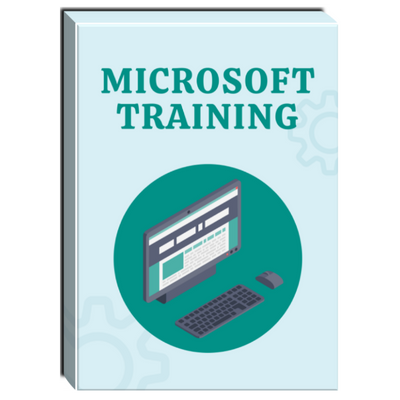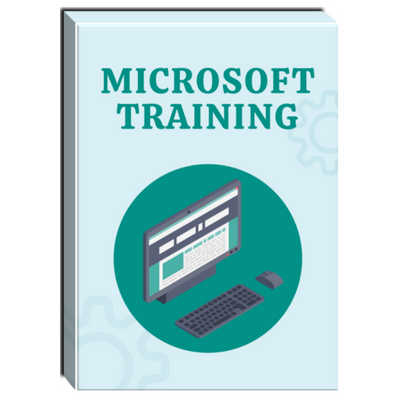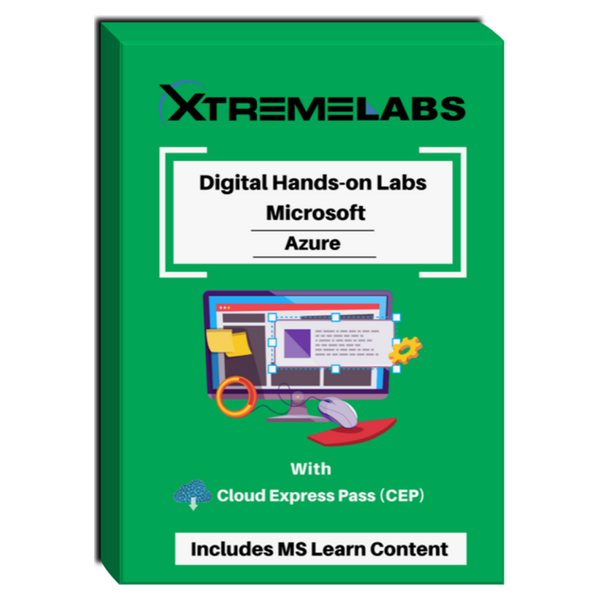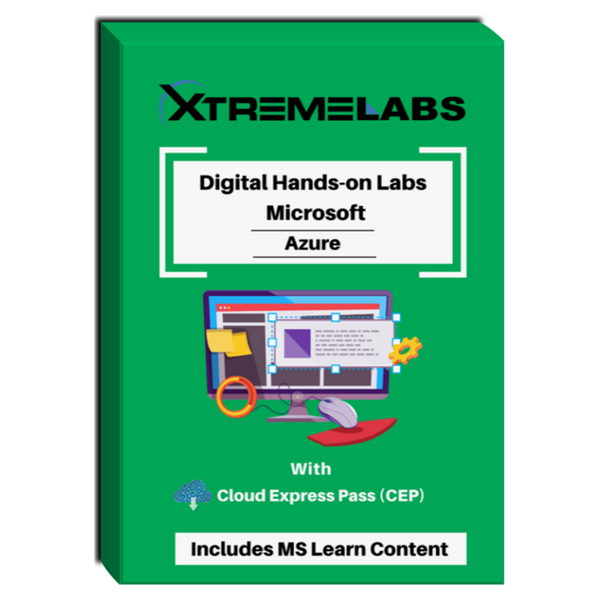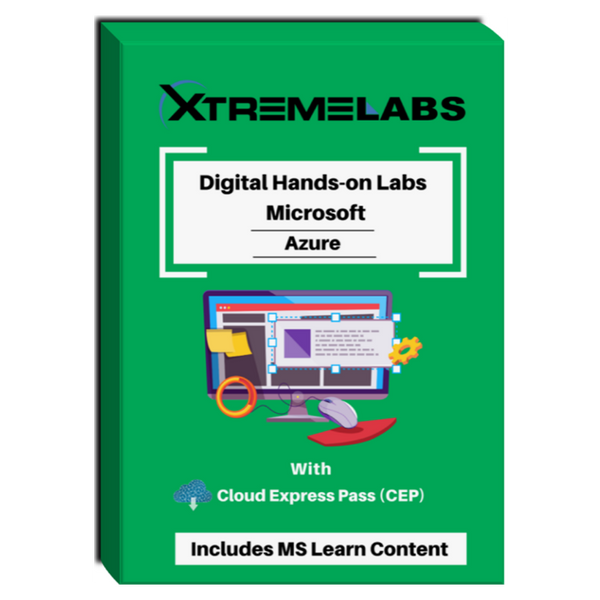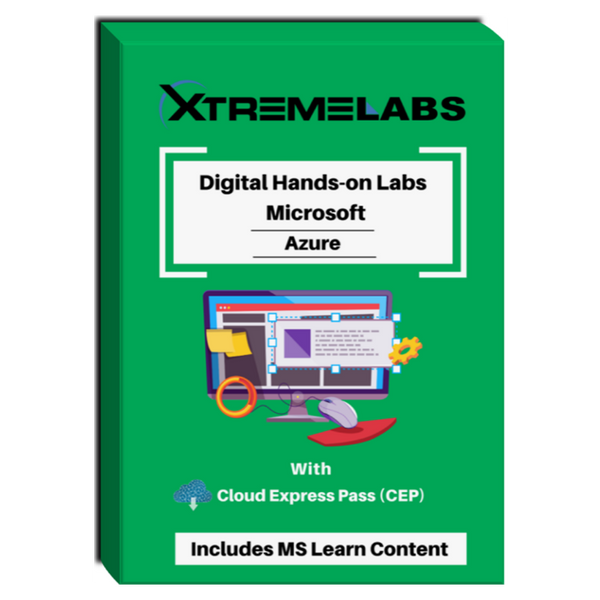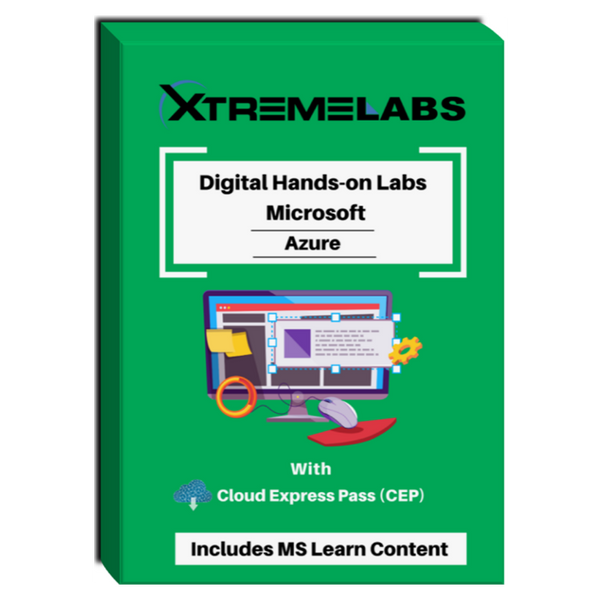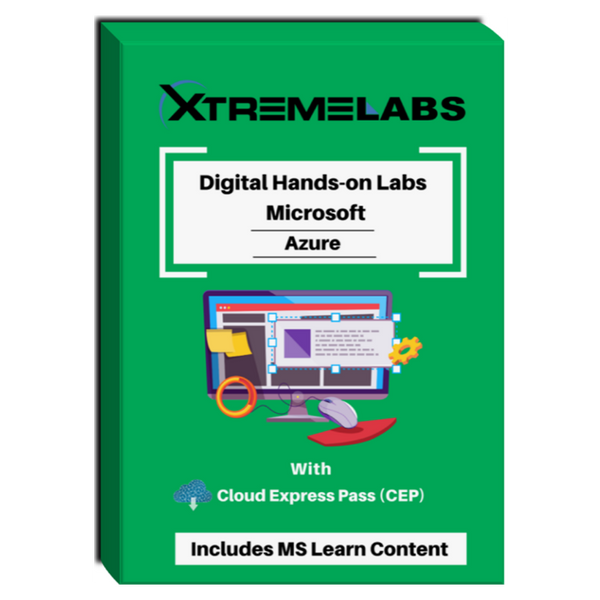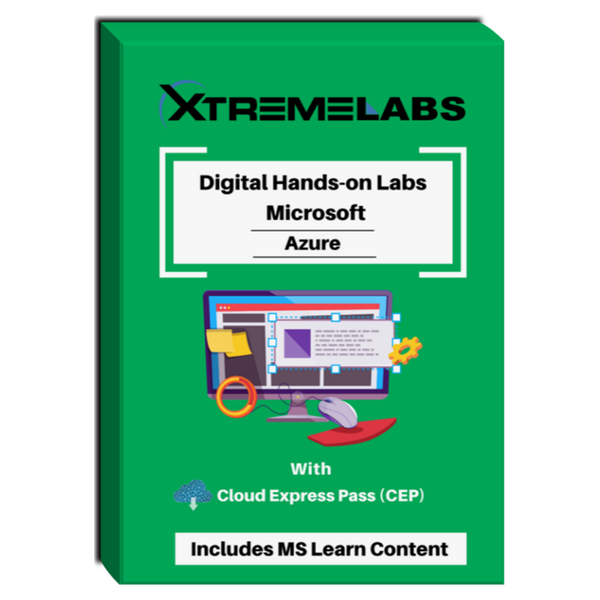Tags: Training
AZ-104: Microsoft Azure Administrator Self-Paced Training
- Brand: Nanfor Iberica
- Availability: In Stock
$763.00
This course teaches IT professionals how to manage their Azure subscriptions, secure identities, manage infrastructure, configure virtual networks, connect Azure and on-premises sites, manage network traffic, implement storage solutions, create and scale virtual machines, deploy web applications and containers, backup and share data, and monitor your solution. Audience Profile This...
This course teaches IT professionals how to manage their Azure subscriptions, secure identities, manage infrastructure, configure virtual networks, connect Azure and on-premises sites, manage network traffic, implement storage solutions, create and scale virtual machines, deploy web applications and containers, backup and share data, and monitor your solution.
Audience Profile
This course is for Azure administrators. The Azure administrator implements, manages, and monitors identity, governance, storage, compute, and virtual networks in a cloud environment. The Azure administrator will provision, size, monitor, and adjust the resources as appropriate.
Items in this Collection
- Configure Azure Active Directory (9 Units)
- Configuration of user and group accounts (8 Units)
- Subscription configuration (10 Units)
- Azure Policy Configuration (10 Units)
- Role-based access control configuration (9 Units)
- Configuration of Azure resources with tools (7 Units)
- Use of Azure Resource Manager (10 Units)
- Resource configuration with Resource Manager templates (8 Units)
- Virtual network configuration (10 Units)
- Configuration of network security groups (8 Units)
- Azure Firewall Configuration (6 Units)
- Azure DNS Configuration (10 Units)
- Virtual Network Peering Configuration (7 Units)
- VPN Gateway Configuration (13 Units)
- ExpressRoute and Virtual WAN Configuration (8 Units)
- Network routing and connection point configuration (8 Units)
- Azure Load Balancer Configuration (11 Units)
- Azure Application Gateway Configuration (6 Units)
- Configuration of storage accounts (9 Units)
- Blob storage configuration (10 Units)
- Storage Security Settings (9 Units)
- Azure Files and Azure File Sync setup (9 Units)
- Storage configuration with tools (6 Units)
- Configuration of virtual machines (11 Units)
- Configuration of the availability of virtual machines (12 Units)
- Configuration of virtual machine extensions (6 Units)
- Configuring App Service plans (7 Units)
- Azure App Services Configuration (13 Units)
- Configuration of Azure Container Instances (7 Units)
- Configure Azure Kubernetes Service (9 Units)
- Configuration of backup copies of files and folders (8 Units)
- Configuration of virtual machine backups (12 Units)
- Azure Monitor Configuration (9 Units)
- Configuration of Azure alerts (6 Units)
- Log Analytics Configuration (7 Units)
- Network Watcher Configuration (7 Units)
Course Outline
Module 1: Identity
In this module, you'll learn how to secure identities with Azure Active Directory and implement users and groups.
Lessons
- Azure Active Directory
- Users and groups
Lab: Azure Active Directory Identity Management
After completing this module, students will be able to:
- Protect and manage identities with Azure Active Directory.
- Deploy and manage users and groups.
Module 2: Governance and compliance
In this module, you'll learn how to manage your subscriptions and accounts, implement Azure policies, and use Role-Based Access Control.
Lessons
- Subscriptions and accounts
- Azure Policy
- Role-Based Access Control (RBAC)
Lab: Subscription Management and RBAC
Lab: Managing governance using Azure Policy
After completing this module, students will be able to:
- Deploy and manage Azure accounts and subscriptions.
- Deploy Azure Policy, including custom policies.
- Use RBAC to assign permissions.
Module 3: Azure Administration
In this module, you'll learn about the tools an Azure administrator uses to manage their infrastructure. This includes the Azure portal, Cloud Shell, Azure PowerShell, CLI, and resource manager templates. This module includes the following:
Lessons
- Azure Administrator tools
- ARM templates
Lab: Managing Azure resources using ARM templates
Lab: Manage Azure resources using Azure PowerShell (optional)
Lab: Manage Azure resources using the Azure CLI (optional)
Lab: Manage Azure resources using the Azure portal
After completing this module, students will be able to:
- Use the Azure portal and Cloud Shell.
- Use Azure PowerShell and the CLI.
- Use ARM templates to deploy resources.
Module 4: Virtual networks
In this module, you will learn about virtual networking basics such as virtual networks and subnets, IP addressing, network security groups, Azure Firewall, and Azure DNS.
Lessons
- Virtual Networks
- network security groups
- Azure Firewall
- Azure DNS
Lab: Implementing Virtual Networks
After completing this module, students will be able to:
- Implement virtual networks and subnets.
- Configure network security groups.
- Configure Azure Firewall.
- Configure private and public DNS zones.
Module 5: Connectivity between sites
In this module, you will learn about inter-site connectivity features, including VNet Peering, Virtual Network Gateways, and Site-to-Site Connections.
Lessons
- virtual network peering
- VPN Gateway Connections
- ExpressRoute y Virtual WAN
Lab: Implementing inter-site connectivity
After completing this module, students will be able to:
- Configure VNet Peering.
- Configure VPN Gateway instances.
- Choose the right inter-site connectivity solution.
Module 6: Traffic management
In this module, you'll learn about network traffic strategies, including network routing and service endpoints, Azure Load Balancer, and Azure Application Gateway.
Lessons
- Network routing and endpoints
- Azure Load Balancer
- Azure Application Gateway
- Network Watcher
Lab: Implementing Traffic Management
After completing this module, students will be able to:
- Configure network routing, including custom routes and service endpoints.
- Set up an Azure Load Balancer.
- Set up an Azure Application Gateway instance.
- Network Watcher configuration.
Module 7: Azure Storage
In this module, you'll learn about basic storage features, including storage accounts, blob storage, Azure file and file sync, storage security, and storage tools.
Lessons
- storage accounts
- Blob Storage
- Storage Security
- Azure Files y File Sync
- storage management
Lab: Manage Azure Storage
After completing this module, students will be able to:
- Create Azure storage accounts.
- Configure blob containers.
- Protect Azure storage.
- Set up Azure file shares and file sync.
- Manage storage with tools like Storage Explorer.
Module 8: Azure Virtual Machines
In this module, you will learn about Azure virtual machines, including planning, creation, availability, and extensions.
Lessons
- Creation of virtual machines
- Virtual machine availability
- virtual machine extensions
Lab: Managing Virtual Machines
After completing this module, students will be able to:
- Plan virtual machine deployments.
- Create virtual machines.
- Configure virtual machine availability, including scale sets.
- Use virtual machine extensions.
Module 9: PaaS processing options
In this module, you'll learn how to manage serverless computing functions like Azure App Service, Azure Container Instances, and Kubernetes.
Lessons
- Planes de Azure App Service
- Azure App Service
- container services
- Azure Kubernetes Service
Lab: Implementing Web Apps
Lab: Implementing Azure Kubernetes Service
Lab: Implementing Azure Container Instances
After completing this module, students will be able to:
- Create an application service plan.
- Create a web application.
- Implementar Azure Container Instances.
- Implement Azure Kubernetes Service.
Module 10: Data protection
In this module, you will learn how to back up files, folders, and virtual machines.
Lessons
- File and folder backups
- Virtual machine backups
Lab: Implementing Data Protection
After completing this module, students will be able to:
- Back up and restore files and folders.
- Back up and restore virtual machines.
Module 11: Supervision
In this module, you'll learn how to monitor Azure infrastructure, including Azure Monitor, alerts, and Log Analytics.
Lessons
- Azure Monitor
- Azure Alerts
- Log Analytics
Lab: Monitoring Implementation
After completing this module, students will be able to:
- Use Azure Monitor.
- Create Azure Alerts.
- Perform queries using Log Analytics.
Previous Requirements
Successful Azure administrators enter this role with experience in virtualization, networking, identity, and storage.
- Description of local virtualization technologies, including VMs, virtual networks, and virtual hard drives.
- Description of network configurations, including TCP/IP, Domain Name System (DNS), Virtual Private Networks (VPN), firewalls, and encryption technologies.
- Description of Active Directory concepts, including users, groups, and role-based access control.
- Understand disaster resilience and recovery, including backup and restore operations.
Course is available in both English and Spanish
Labs are available in English.
Student Access: 90 Days

